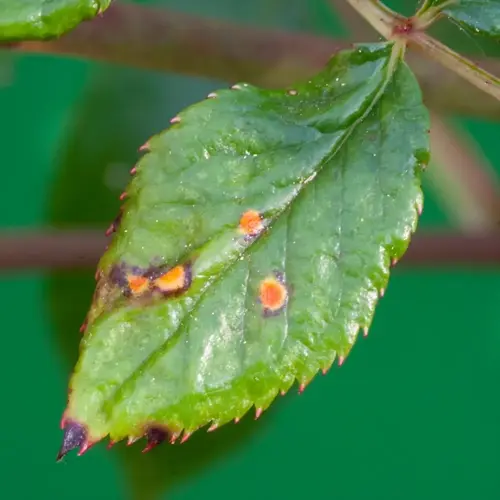What soil mix works best for snake plants?

Written by
Kiana Okafor
Reviewed by
Prof. Samuel Fitzgerald, Ph.D.It is essential to have the right soil mix for healthy snake plants because these desert plants require good drainage and aeration. Their rhizomatous roots rot easily in soils that retain moisture. Since more than 50 per cent of the snake plants I see in stores have root failure due to their soil mixes, I make my own special blends.
Primary Ingredients
- Cactus/succulent base mix (60-70%): Provides mineral foundation
- Perlite/pumice (20-30%): Creates air pockets for root respiration
- Coarse sand (10-15%): Improves drainage and weight stability
- Worm castings (5-10%): Slow-release nutrient enrichment
Harmful Additives
- Peat moss: Retains excessive moisture causing root suffocation
- Vermiculite: Swells with water creating anaerobic conditions
- Clay soils: Compacts into dense barriers against root growth
- Water-retaining crystals: Promotes constant moisture at root level
To prepare custom blends, sift the ingredients together to remove the dust. Moistening the soil slightly before using it to pot reduces the inhalation of dust. I keep some of the extra mix in airtight tins to keep it fresh. Always test the drainage of your mix by watering a sample pot before using it.
Avoid common mistakes such as using pure garden soil or depending on organic matter. These compress over time into root barriers. Commercial cactus mixes often require the addition of perlite. I always modify commercial mixes by adding 25% more perlite.
Check soil performance this way, check moisture penetration. Water should drain in 15 seconds. If water pools, remix with more perlite. I change the entire soil batch every 2 or 3 years during repotting to maintain optimal feel, texture, and nutrition.
Read the full article: Repotting Snake Plants: Essential Guide

